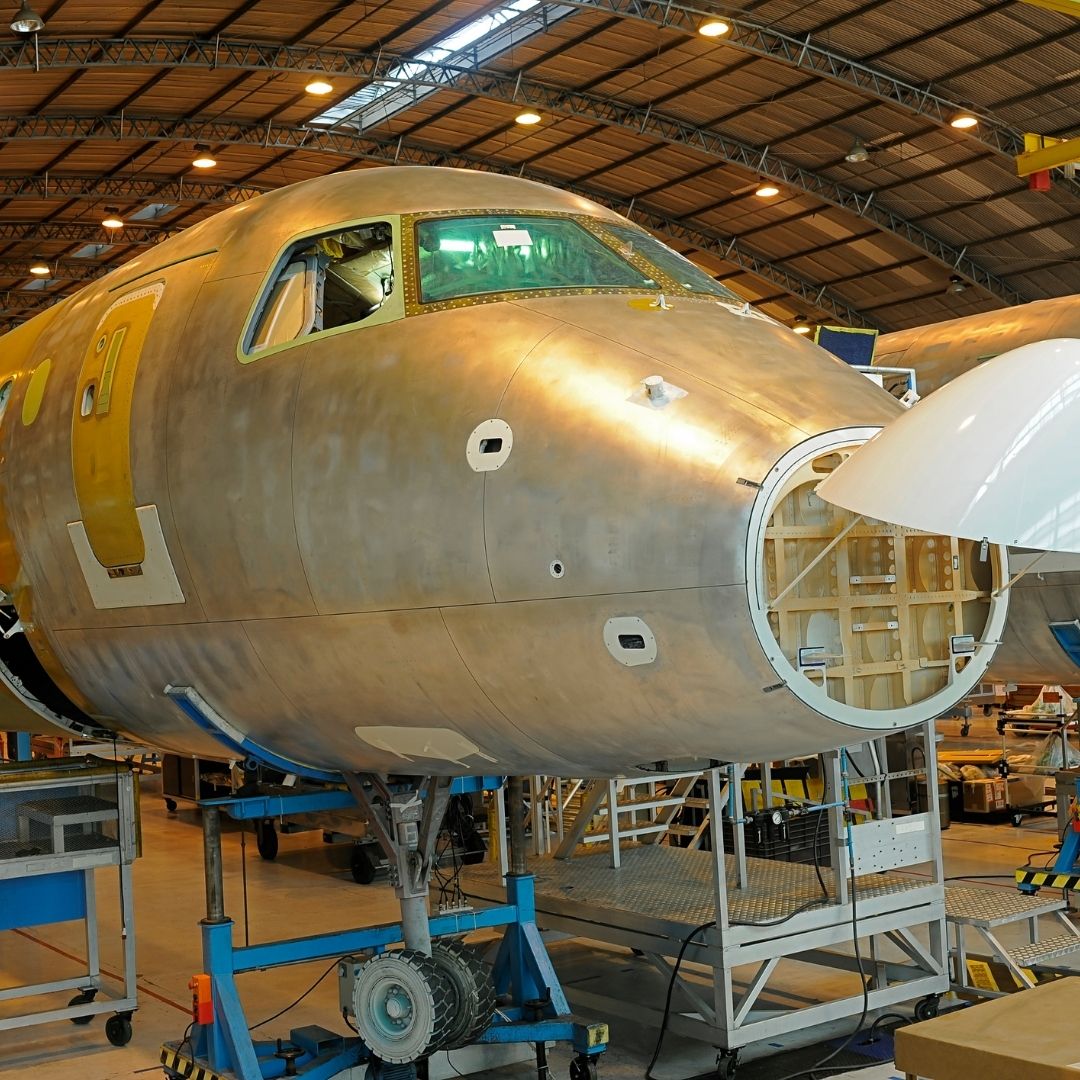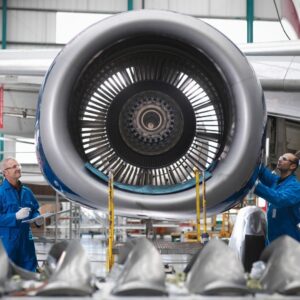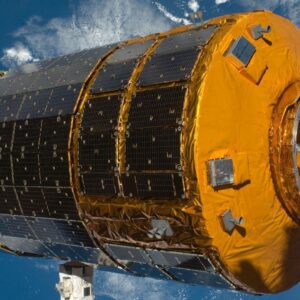At Wings of Aero, we provide advanced Spacecraft Software and Avionics solutions to ensure the smooth operation, communication, and control of spacecraft systems during all phases of a mission. Our highly reliable software and avionics systems are designed to meet the rigorous demands of space exploration, providing real-time processing, data management, and operational autonomy.
Key Spacecraft Software and Avionics Services:
-
Flight Software Development:
- Real-Time Operating Systems (RTOS): Design and develop robust flight software using real-time operating systems that manage spacecraft functions such as power, propulsion, communications, and payload operations.
- Fault Tolerant Systems: Implement software redundancy and fault-tolerant systems to ensure mission continuity even in the event of system failures or anomalies.
- Autonomous Operations: Develop software that allows for autonomous decision-making and operations, reducing dependency on ground control and enabling spacecraft to react to real-time events in space.
-
Command and Data Handling (C&DH):
- Onboard Data Processing: Develop systems that efficiently process and manage data from sensors, subsystems, and payloads, ensuring timely responses to critical mission tasks.
- Telemetry and Telecommand Systems: Implement telemetry systems that provide real-time spacecraft data to ground control, and telecommand systems that allow remote execution of commands from Earth.
- Data Storage and Compression: Design data storage systems with efficient compression algorithms to handle large volumes of data generated by spacecraft sensors and instruments.
-
Avionics System Design:
- Powerful Onboard Processors: Integrate high-performance onboard processors capable of handling complex computational tasks such as trajectory planning, control algorithms, and data processing.
- Redundant Avionics Architectures: Design avionics systems with redundancy, ensuring that critical spacecraft functions remain operational even in the event of system failures.
- Radiation-Hardened Components: Utilize radiation-hardened avionics components to ensure the system’s resilience in high-radiation environments such as deep space or planetary exploration missions.
-
Guidance, Navigation, and Control (GNC) Integration:
- Navigation Algorithms: Develop advanced navigation algorithms that use inputs from GPS, star trackers, and inertial sensors to provide real-time position and velocity data.
- Attitude Control Systems: Implement avionics systems that precisely control spacecraft orientation and stabilization using reaction wheels, thrusters, and control moment gyroscopes (CMGs).
- Autonomous GNC Software: Design autonomous GNC software that allows the spacecraft to perform complex maneuvers, such as docking, orbital transfers, and station-keeping, without ground intervention.
-
Fault Detection, Isolation, and Recovery (FDIR):
- Real-Time Fault Monitoring: Develop systems that continuously monitor spacecraft health, detecting faults in subsystems such as propulsion, power, and communications.
- Fault Recovery Protocols: Implement automated fault recovery protocols that allow the spacecraft to isolate and recover from system anomalies, ensuring mission continuity.
- Anomaly Detection Algorithms: Design algorithms that predict potential system failures, allowing for preemptive corrective actions to be taken before mission-critical functions are affected.
-
Communications Systems:
- High-Data-Rate Communications: Design and implement high-data-rate communication systems for real-time data transmission between the spacecraft and ground stations or other spacecraft.
- Signal Processing: Develop advanced signal processing software to ensure clear and reliable communication, even in the presence of interference or weak signal conditions.
- Networked Spacecraft Communication: Enable spacecraft to form networks for cooperative missions, such as swarms of satellites or deep space relays, with secure and efficient communication protocols.
-
Software Testing and Validation:
- Simulation-Based Testing: Perform software-in-the-loop (SIL) and hardware-in-the-loop (HIL) testing to simulate spacecraft operations and validate software performance in mission scenarios.
- Fault Injection Testing: Conduct fault injection tests to assess the software’s ability to handle system anomalies and failures, ensuring that recovery mechanisms function as intended.
- End-to-End System Testing: Perform comprehensive end-to-end testing of software and avionics systems to ensure that all components work seamlessly together and meet mission requirements.
-
System Integration and Certification:
- Subsystem Integration: Ensure seamless integration of avionics with other spacecraft subsystems, such as power, propulsion, and thermal control, ensuring that they work harmoniously.
- Mission Readiness Certification: Provide detailed testing reports and certification that the spacecraft’s software and avionics systems are fully operational and ready for launch.
Benefits of Our Software and Avionics Solutions:
- Mission Reliability: Our software and avionics systems are designed for maximum reliability, ensuring smooth and continuous operations throughout the mission life cycle.
- Autonomy and Efficiency: Autonomous software systems reduce the need for ground control intervention, making spacecraft more resilient and adaptive in real-time space conditions.
- Optimized Data Handling: Efficient data processing, storage, and transmission ensure that mission-critical information is delivered without delays or losses.
- Robust Fault Management: Our FDIR capabilities significantly reduce the risk of mission failures due to system faults or anomalies, ensuring uninterrupted mission progress.
Why Choose Wings of Aero for Spacecraft Software and Avionics? At Wings of Aero, we offer cutting-edge spacecraft software and avionics solutions built for the unique challenges of space missions. Our expertise ensures that your spacecraft operates with precision, reliability, and autonomy, no matter the mission’s complexity.
Contact Us: For inquiries about our Spacecraft Software and Avionics services, reach out to Wings of Aero today.






Reviews
There are no reviews yet.